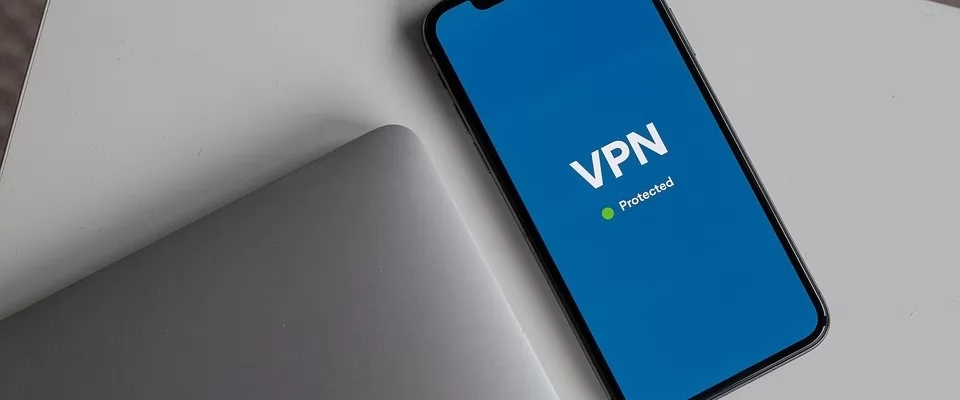Using a VPN to get remote access allows users to connect to a Secure server via the internet. Rather than logging into the same server directly, uses instead first login to a VPN which allows them to connect to the server more securely. This goes a long way to protecting the server from attack, but the threats facing servers have changed over the years.
Let's take a look at how you make a secure Remote Access VPN connection and all the reasons you need to be doing so.
The Threat Landscape is Changing
While remote access without a VPN has always opened servers up to vulnerabilities, new threats, such as more sophisticated bots, are emerging that make connecting with a VPN the best way to keep your server’s data safe. Threats to data security or a combination of human error and the changing technologies that people use to exploit weaknesses in systems. The best way to combat these flaws is to stay up-to-date on the best practices for making a secure VPN is the best way to stay ahead.
RDP vs VPN
A remote desktop protocol, or RDP, was the standard for remote access prior to VPNs. An RDP give users remote access to any machine on the network. Functionally, this made it so that any user who could gain access was effectively sitting at a computer in the home office. RDPs have numerous flaws and security vulnerabilities that have been fixed by the move to VPNs.
VPNs require individuals to not only have a secure passwords to log in, but also come with higher standards for security certificates and funnel internet traffic through a VPN which protects the server. RDPs were vulnerable to not only brute-force hacking, but also the regular dangers of the internet such as Trojans and viruses. VPNsAre much more resilient to these threats and therefore have taken over most of the remote access landscape.
How to Make a Secure Remote Access VPN
This may all sound very technical and it might feel like you need an army of IT specialist to securely connect to remote access VPN, but that is not the case. Making sure your Remote Access VPN is secure is as easy as following these steps.
Use Smarter Passwords - It's common knowledge that making your birthday your login password opens you up for security threats, but many people don't know how to establish effective passwords. The goal is to avoid guessable passwords. Avoid passwords that have personal information such as the name of a pet and also avoid passwords that are work-related such as job titles or the names of product lines.
- Personal Firewalls for Users - A personal firewall for users logging in to the VPN ensures that the traffic coming in from there end will be free of any possible threats. Personal firewalls are installed and established on the remote computers before individuals login to the network. They can be as simple or as robust as required based on your security needs.
- Limit Usage - Not all traffic uses need to use remote access in order to be complete. Think about your security needs and what type of files can live outside of your network. Commonly used documents can be stored on separate drives or cloud services in order to reduce traffic coming into your network. This not only makes work easier for your employees, but also minimizes potential threats coming into your main network.
- Layered Protection - Using a VPN to remote access your network is a great way to keep your computer safe, but using multiple security methods at once creates layered protection that keeps you even safer. Consider using software that scans the user's computer for any viruses and makes certain it is up to date before they log on to the network. You can also limit the types of files individuals are able to access remotely.
- Establish a Security Culture - One of the best things you can do is encourage people using the network to stay up-to-date the best security practices. This includes basic things such as not sharing logins, never writing down passwords, and learning the “street smarts” of the internet.Based on their level of access, users probably won't need to know what Packet Sniffing is, but they should be able to identify someone attempting to impersonate and IT employee.
Stay Secure
At the end of the day the best way to stay secure is to analyze your own situation and the threats that you face. Each organization will have different data concerns and those will dictate the best steps they need to take in order to keep their information secure. The tips outlined in this article will help make remote access to your network more airtight.
Follow these tips and rest easy knowing that your data is safe.

